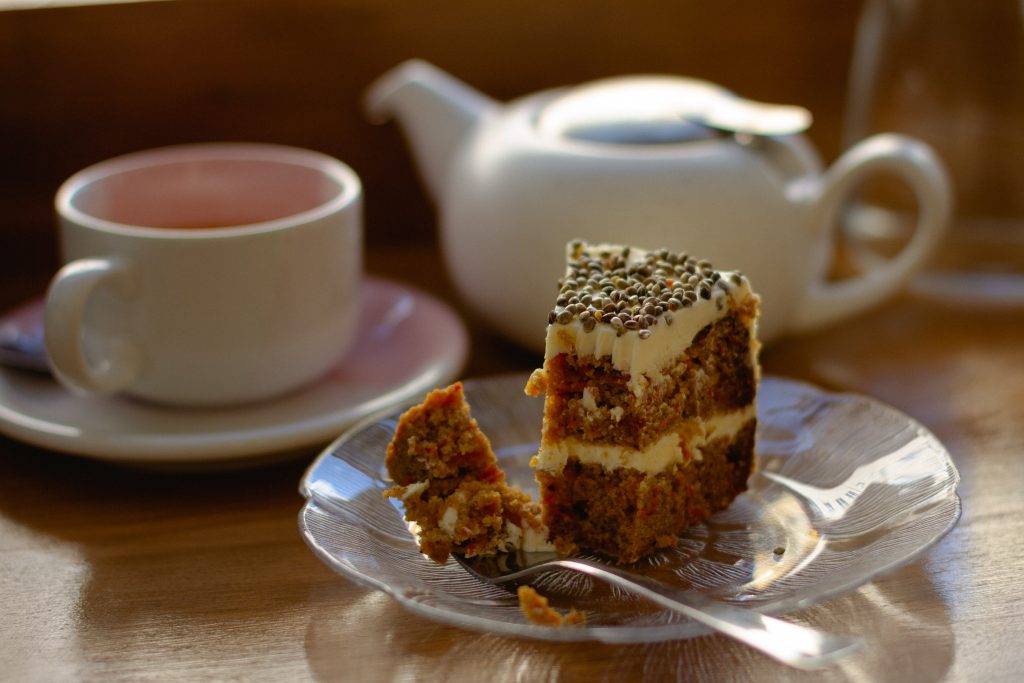A few years ago, I saw a friend I hadn’t seen for a long time; he had lost almost four stone. I asked him how he did it and he replied, ‘By becoming a miserable bast***, I just stopped going out every Friday and Saturday night’.
No prizes for guessing that within a few months he was piling the weight back on, and more besides. You have to learn how to keep the things that give you pleasure, in this case going out, and make the choices that allow you to still lose weight.
People are often surprised that I eat out as often as I do, not so much in these times of course, but in the past and hopefully in the future! My point is that you can follow the Placebo Diet colour-code system guidelines in any situation. It’s easy to do and there are plenty of delicious foods to choose from. Going out may be trickier than staying at home and choosing consciously to make something super healthy to boost your metabolism, but it’s easy when following the guidelines becomes a habit.
The following exercise will allow you to identify cues, behaviours and rewards. You cannot break a habit if you are going to be exposed to the same cues, but you can change your response to the cue.
You can’t remove a vending machine from a workplace, but you can change your reaction to it and make sure you get more pleasure from not eating chocolate bars than you ever get from eating one.
This exercise will allow you to create a new habit or behaviour in response to cues.
Exercise
• List the ‘heavy’ foods that have literally made you heavy.
• Now write down where/when you eat them. Think about why you go for the same thing each time – what is the cue?
• Now list the reward; is it emotional, physical or something else? (Even if it is as simple as relieving boredom, that’s a strong enough reward to generate a habit).
If you habitually would have ice cream when you go out for a meal, but rarely go out for a meal, it doesn’t necessarily have to be changed. Even slim people eat ice cream sometimes! The foods you want to pay most attention to are the ones that you eat most often.
When you have identified your cues, it’s time to think about what you could do or eat instead. It may be that you genuinely need to eat. If you are eating for comfort or to replace a negative feeling, the behaviour you replace the food with needs to be non-food related. What you must realise is that the behaviour is generating a feeling or a reward, so in order to give it up, you must do something else instead that also brings a reward. This is where so many diets fail, you just have to stop eating food you like with no real alternative that brings the same pleasure and so, unsurprisingly, you self-sabotage.
You know well enough by now that you are programmed to avoid pain and achieve pleasure. This is the basis of all habits.


